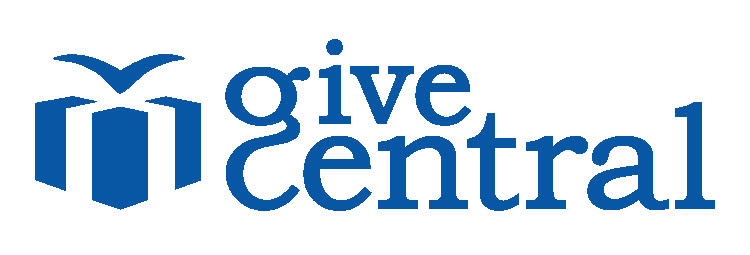Nonprofit : an important sector for the US economy
The nonprofit sector is more important and influential than ever. The U.S. nonprofit sector employs 11.9 million people, putting it third out of eighteen major sectors as an employer of American workers, a report from the Johns Hopkins Center for Civil Society finds. and its turnover represents $ 1.98 trillion in 2018. The US has more than 1.5 million registered nonprofit organizations according to NCCS.
Nonprofits are found everywhere, whether in the field of sport, health, charities or religion. They also find their way into the professional world, with the mandatory CSR spending law.
The challenges nonprofits face
If nonprofit organizations know a very diversified mode of operation according to their sector, their size and their mission, they all have one thing in common: they are governed by a board of directors and are under the obligation to report to their stakeholders.
Exemplary governance is particularly critical for this type of organization in order to be able to respond to a set of challenges:
- Reduction of funds received, whether from public or private organizations
- Increasing demand for their services, notably due to government budget cuts
- Growing and complexified entities
- Increasingly high expectations from donors
- The emergence of social media and real-time information dissemination
- Difficulty recruiting new members to boards of directors.
Weak governance will not only damage image, but can potentially reach funding for organizations: donors want to ensure that the funds raised are used for the purposes for which they were intended.

Good practices in the governance of nonprofits
The composition of the board of directors
Organizing the first board of directors for your nonprofit may be the most important thing you do. The right mix of people and skills is the key.
It is important that the members of the board of directors are aware of their obligation of loyalty and integrity. As they are often unpaid for their work, they may neglect their tasks because of their family and professional obligations.
Role of the administrator
The first obligation of administrators is to ensure that the organization carries out its activities according to its “declared goal” (mission, vision and values), for example in the relationships that the organization will maintain with its different stakeholders and the responses to their needs.
Establish a code of ethics
Such a tool makes it possible to clarify expectations vis-à-vis administrators, to attract and recruit employees and to communicate to the public about acceptable or unacceptable behavior within the organization.
Establish key performance indicators
The KPIs for nonprofits are not the same as in a private enterprise.
Not-for-profit organizations must be honestly and transparently accountable, for example by reporting on how funds have been used, results achieved, etc. Their annual report must of course comply with regulatory obligations, but also be presented in a simple and digestible manner so that stakeholders can quickly understand its essence.
The functioning of board of directors
The mission of a chairman of the board is to have effective and efficient meetings. This implies in particular:
- Agendas and preparatory readings sent well in advance
- Clear presentations focused on the points to be discussed
- Minutes containing all decisions and next steps to follow communicated without delay
- Meetings held at adequate frequency
- An appropriate attendance rate at meetings so that each of the directors can make their contribution and expertise.
Assessment of the performance of the board of directors
It can be tricky to ask directors to assess the performance of the board. Several types of evaluation exist and can be used in pursuit of improvement:
- Assessment of the performance of the board as such, most often via an anonymous questionnaire
- Evaluation of members by their peers or by the president
- Self-evaluation
- Passive assessment, i.e. on the basis of information available at all times, for example the attendance rate, the rate of consultation of the documents made available to the board (in the case of use online tool), etc.
CONCLUSION
In today’s society, nonprofits are more necessary than ever. The members for this type of organization are often motivated by enthusiasm and passion, however we must not lose sight of the need to structure responsible and healthy governance in order to meet the mission of the organization and to its responsibilities to the public.
KPI nonprofit fundraising nonprofit organizations United States
Last modified: February 17, 2020






















